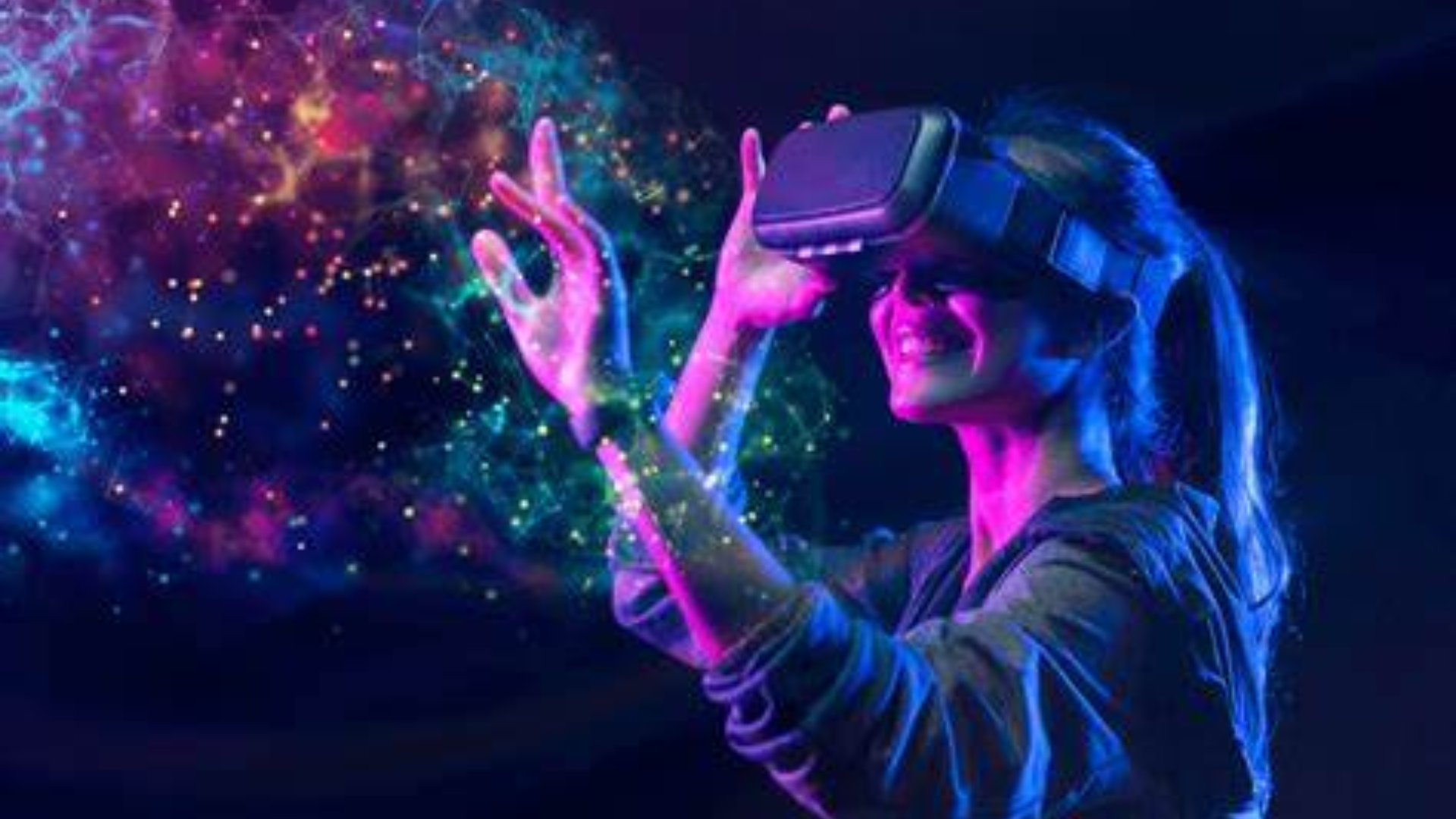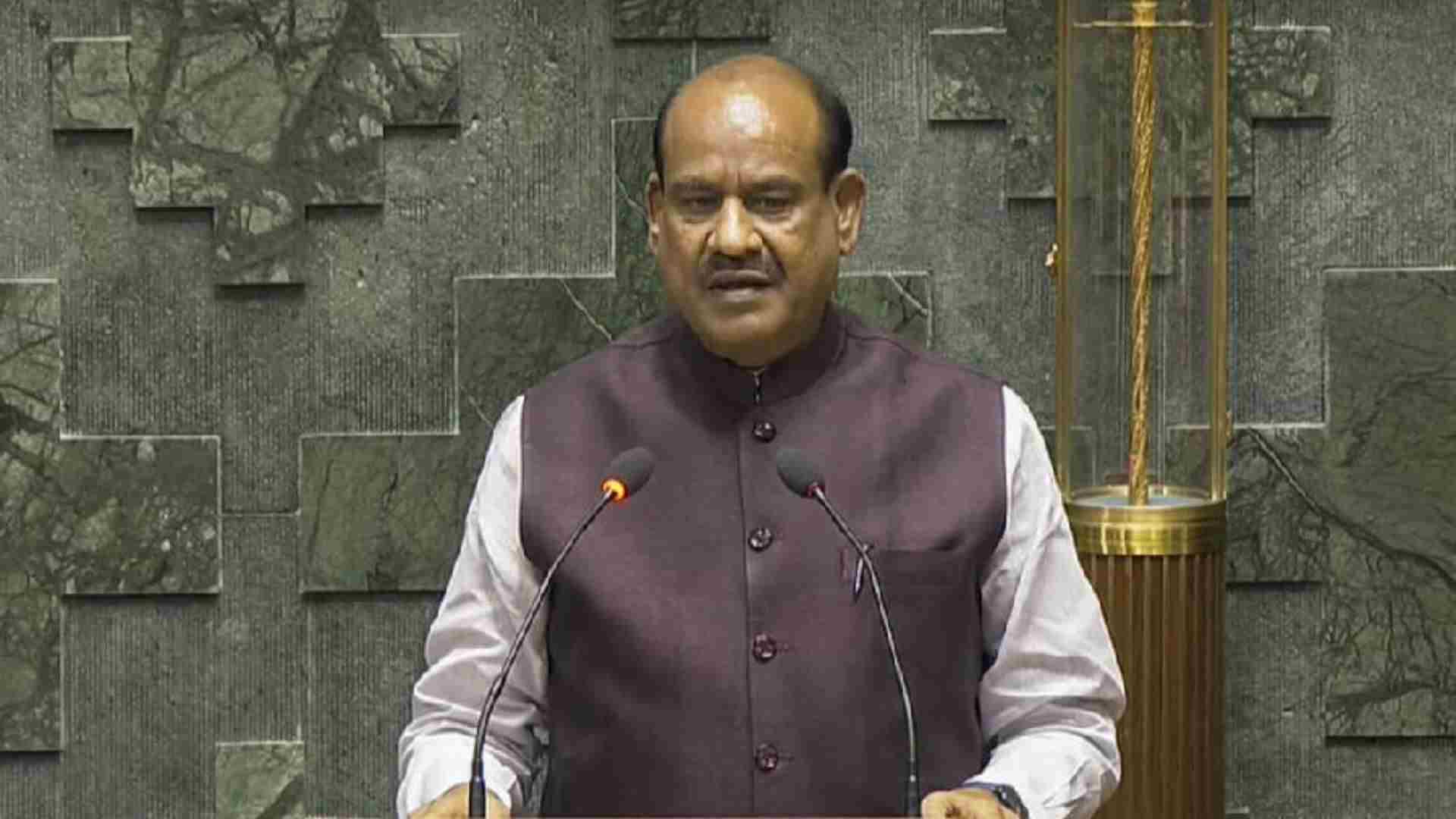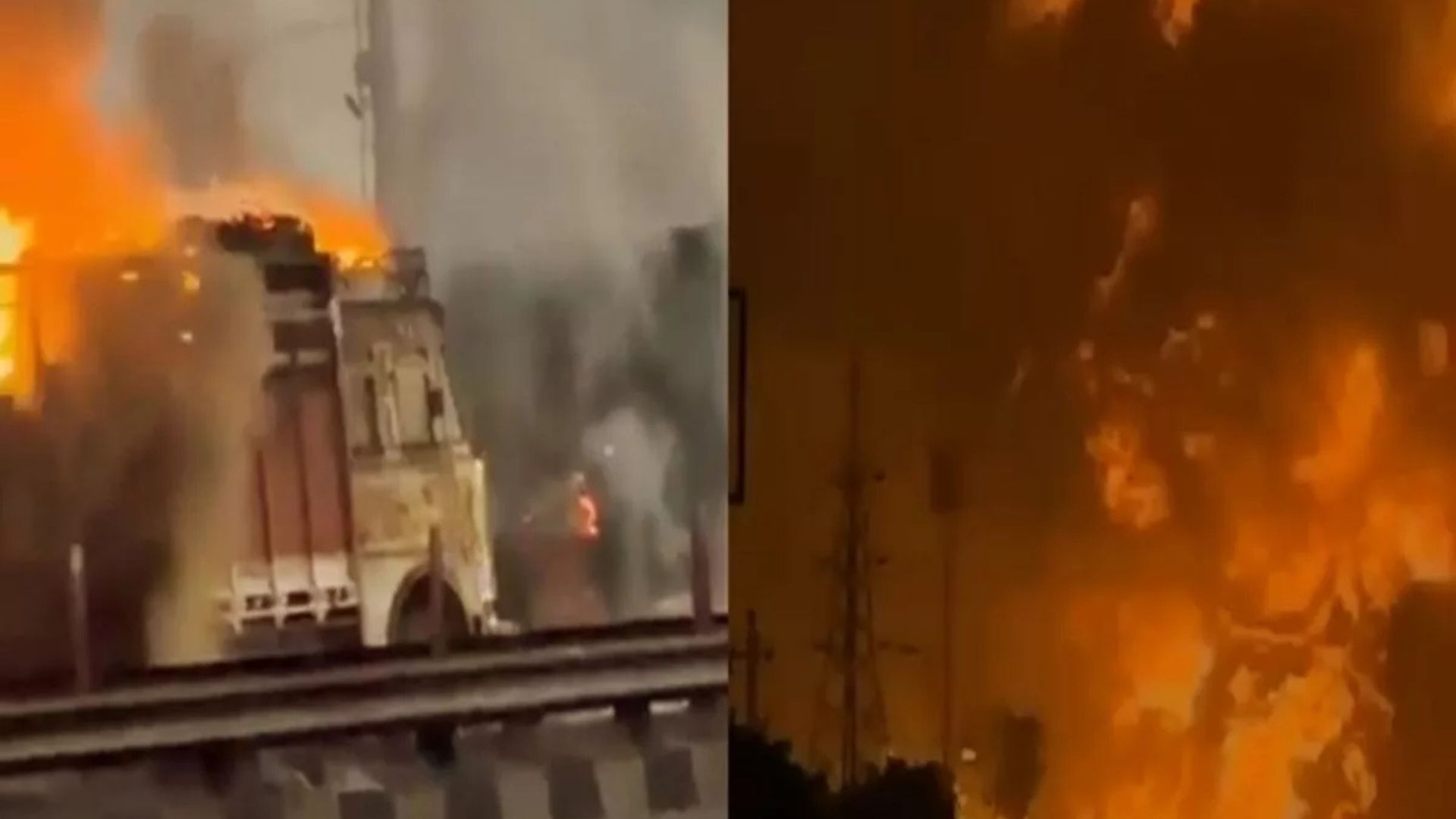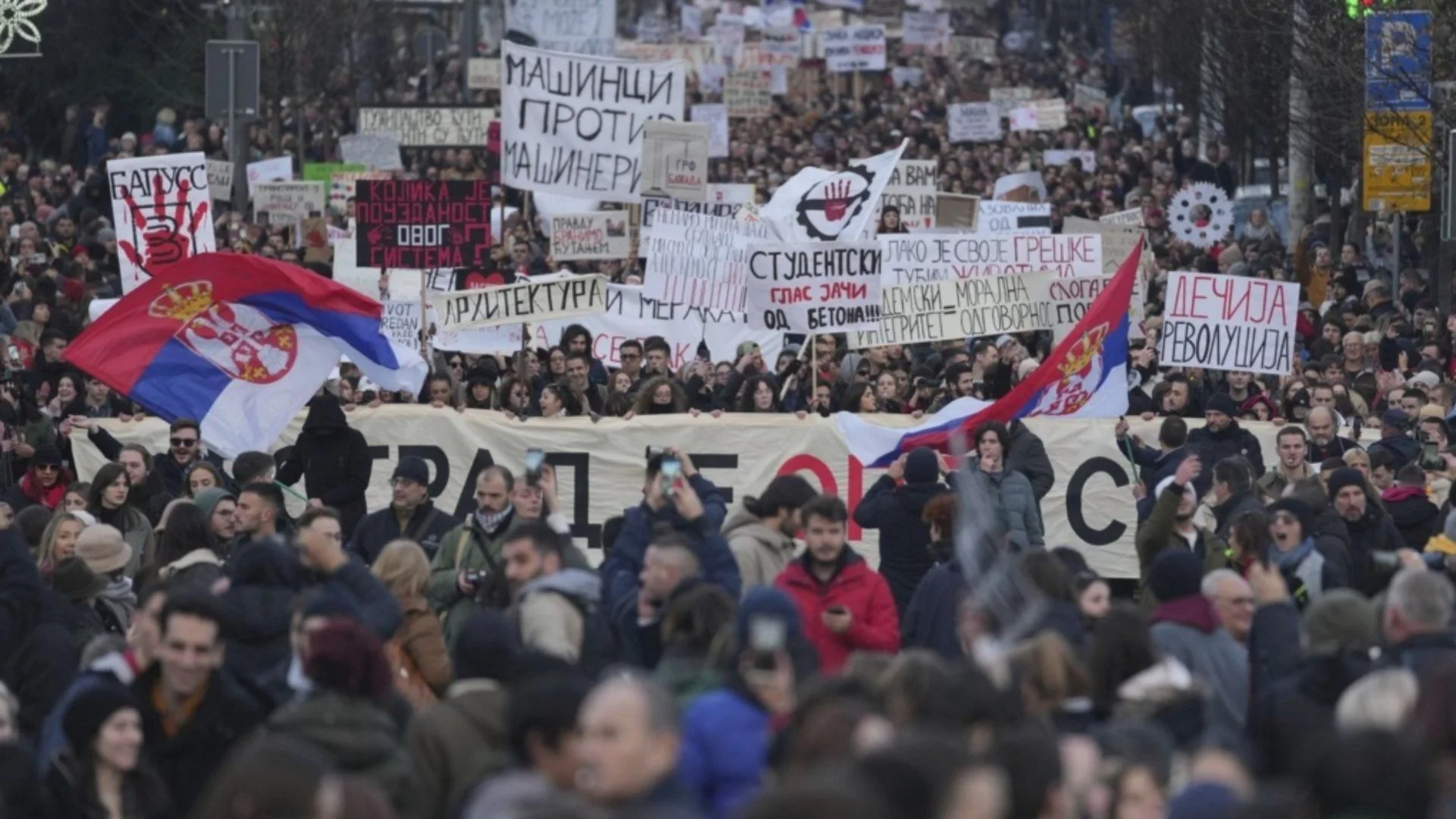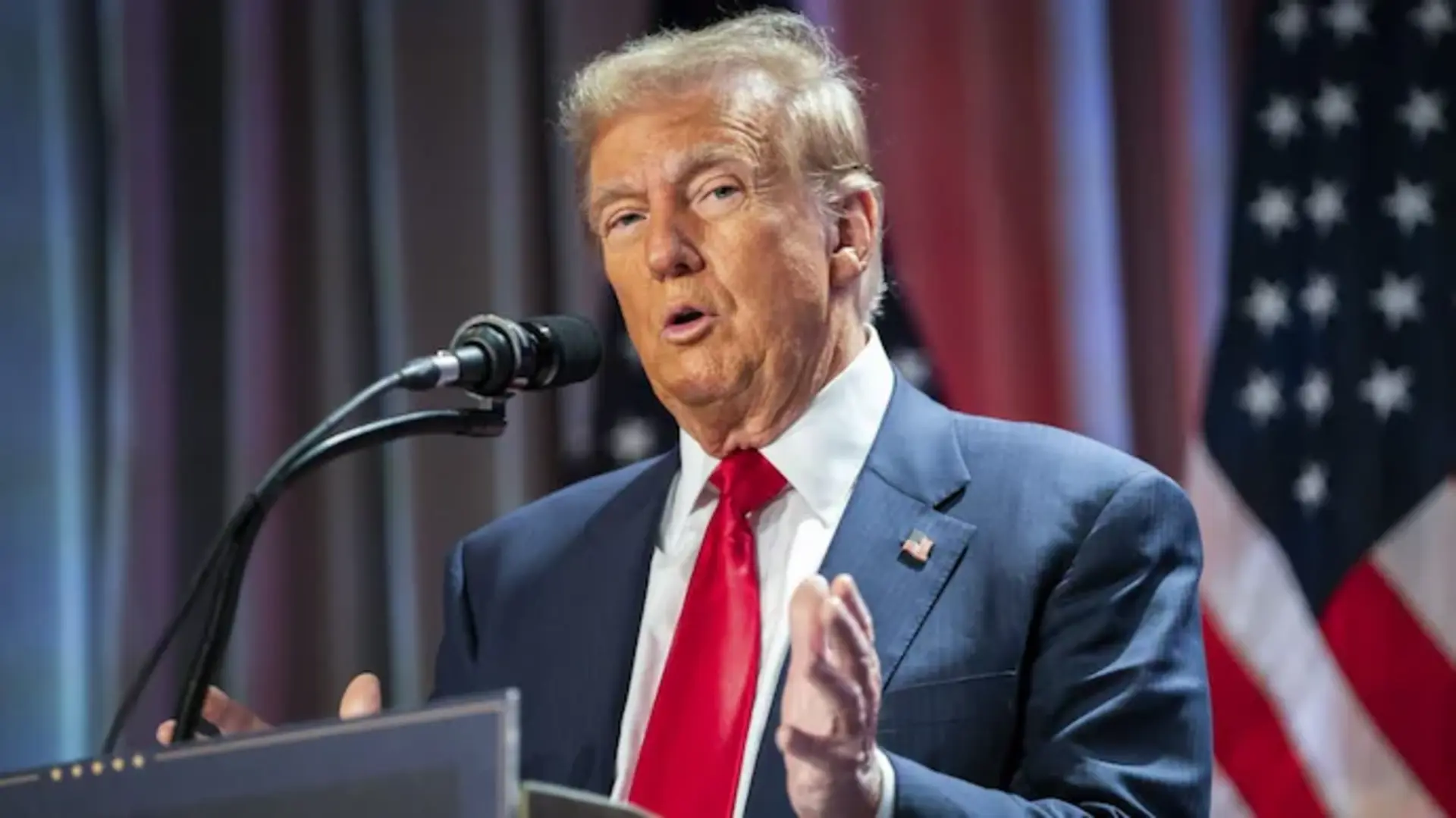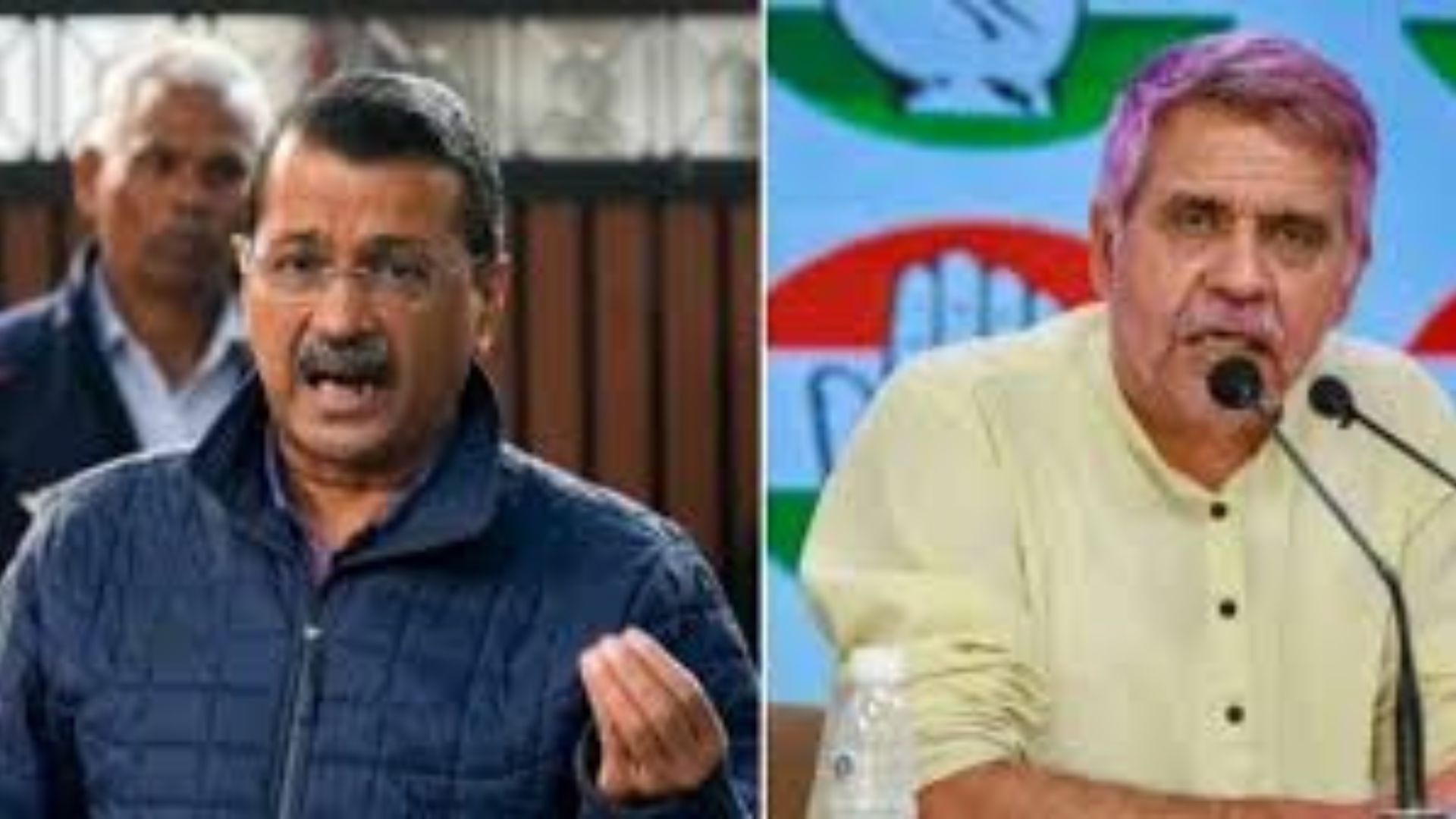In 2016, at the Toronto International Film Festival, legendary Indian filmmaker Adoor Gopalakrishnan donned a headset to experience “Right to Pray,” India’s pioneering Virtual Reality (VR) film directed by Khushboo Ranka. This marked a pivotal moment as Gopalakrishnan, known for his insightful filmmaking, pondered aloud to producer Anand Gandhi about the future of VR in cinema.
Nearly a decade later, what seemed like experimental curiosity has blossomed into a global phenomenon reshaping storytelling. Major international film festivals such as South by Southwest, Sundance, Tribeca, Venice, and Cannes now embrace VR through dedicated categories, recognizing its transformative impact on cinematic expression.
Indian filmmakers have been at the forefront of this technological revolution, harnessing VR’s immersive capabilities to delve into pressing social issues. Khushboo Ranka’s “Right to Pray” vividly depicted women’s protests against a centuries-old temple tradition in Maharashtra. Other significant projects include Faiza Ahmad Khan’s “The Cost of Coal,” which focuses on environmental destruction in Chhattisgarh, and Naomi Shah and Pourush Turel’s “Caste is Not a Rumour,” which tackles issues of social injustice.
Liz Rosenthal, curator of Venice Film Festival’s Venice Immersive programme, aptly describes VR as the “ultimate empathy machine.” Documentaries and NGOs worldwide leverage VR to amplify voices on humanitarian, environmental, and social justice issues, bridging empathy gaps with viewers.
Recently, at Cannes Film Festival’s inaugural immersive competition, Kolkata-born artist Poulomi Basu captivated audiences with “Maya: The Birth of a Superhero.” This mixed reality and VR installation challenges societal taboos around menstruation, empowering viewers through a 30-minute narrative where they interact with symbolic elements like a virtual tampon. Featuring narration by Indira Varma of “Game of Thrones” fame, Basu’s work earned acclaim at Tribeca Film Festival and debuted at South by Southwest.
Basu, reflecting on VR’s potential, emphasizes its ability to transform individual perspectives, essential for driving societal change. As VR technology matures, pioneers like Basu and industry leaders envision a future where virtual and physical realities seamlessly converge, enhancing cinematic storytelling’s immersive power.
Marc Lopato, co-founder of Diversion Cinema in Paris, echoes this sentiment, noting VR’s evolution in both technology and creative expression. As virtual reality filmmaking advances, driven by creativity and technical advancements, it continues to reshape global storytelling and viewer experiences.
From Adoor Gopalakrishnan’s initial query in Toronto to Poulomi Basu’s groundbreaking work at Cannes, the journey of VR in cinema mirrors a profound shift in narrative boundaries. As we navigate this spatial computing era, VR’s potential to ignite empathy and provoke social dialogue remains limitless, shaping the future of cinematic storytelling.
As VR cinema intersects technological advancement and creative expression, its evolution from skepticism to widespread acclaim tells a compelling story unfolding across global screens.
This article captures the essence of VR’s journey in cinema, highlighting India’s pivotal role and global impact while envisioning a future where immersive storytelling transcends boundaries.

